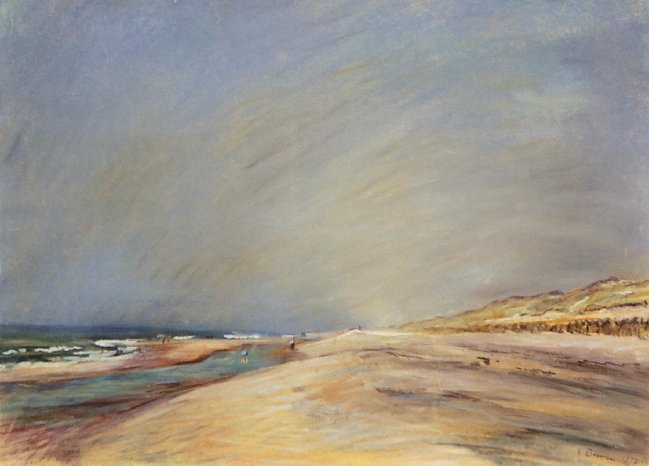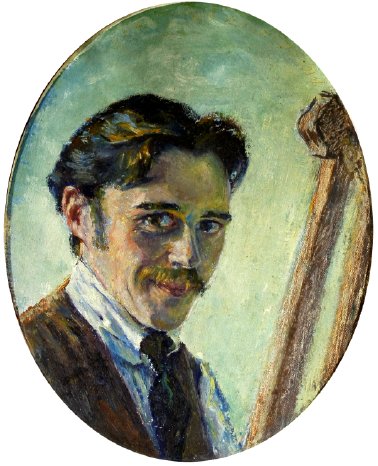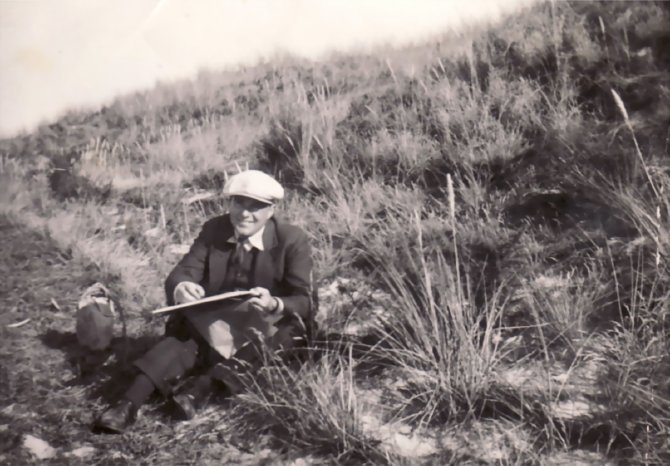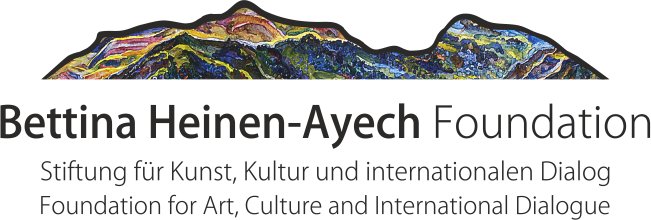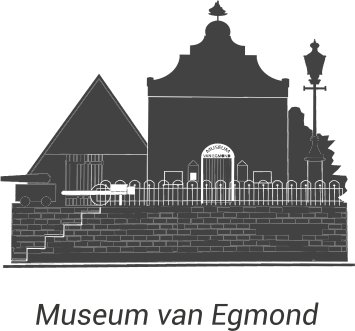His first stop was the city of Hoorn, where he produced many paintings. From 1934 he settled in the small town of Egmond aan den Hoef near Alkmaar, a historic Artists' Colony whose most famous painter was the American Impressionist George Hitchcock (1850-1913). During this time he perfected pastel painting and was nicknamed 'the master with the pastel crayon'. A committed plein air painter, he tirelessly travelled the region between Amsterdam and Hoorn on his bicycle, producing hundreds of works, including oil paintings and graphite drawings. He quickly made a large circle of friends and received many public and private commissions. Some of his paintings can be seen in the Rijksmuseum in Amsterdam, the Westfriesmuseum in Hoorn and the Royal Collections in The Hague. When the commander of the Dutch fleet wanted to introduce him to Queen Wilhelmina, the country was occupied by the Wehrmacht.
A difficult period began for the painter, during which he was banned from exhibiting by the Reich Chamber of Culture and his paintings were confiscated by the Gestapo. After the occupation of the Netherlands by the Wehrmacht, he was forced into hiding and survived the war in the Allgäu region of southern Germany. After 1945, Bowien was the first painter to found the Solingen 'painters' triumvirate' in the 'Black House' Artists' Colony and, as a European, was committed to international understanding. Throughout his life he was a convinced European, long before this term became popular, and always had an eye on international dialogue between artists and cooperation across national and cultural borders. He spent the rest of his life in the beautiful countryside of the Markgräfler Land in Weil am Rhein. He is buried there in a grave of honour.
The Museum van Egmond in Egmond aan Zee houses a collection of works from the Egmond Artists' Colony. This colony had the particularity of being spread over three neighbouring villages: Egmond aan den Hoef, Egmond aan Zee and Egmond Binnen (today all three belong to the municipality of Bergen). In recent years, the museum has also acquired paintings by Bowien. In 2021, Peter van den Berg published a beautiful book that gives a good impression of why the fishing village of Egmond near Alkmaar was an important artists' colony for decades. Peter van den Berg dedicated part of the book to the painter Erwin Bowien, who made this Artists' Colony famous between 1933 and 1940 (Peter J. H. Van den Berg, De schilders van Egmond, W. Books, Zwolle, 2021, ISBN 9789462583931).
In 2023, the idea was born to show an exhibition of Dutch works by the artist Erwin Bowien in the museum and to shed light on the period of his exile in the Netherlands. Bowien was not only one of the many German exiles who found refuge in Holland, but also one of the last painters of the Egmond Artists' Colony. He captured the breathtakingly beautiful dune landscape around Egmond aan Zee, the vast horizons of North Holland and the often stormy North Sea in many haunting paintings.
The exhibition opens on 28 April 2024 and will run until 3 November 2024.
More at:
www.museumvanegmond.nl
erwin-bowien.com
bettina-heinen-ayech-foundation.com
